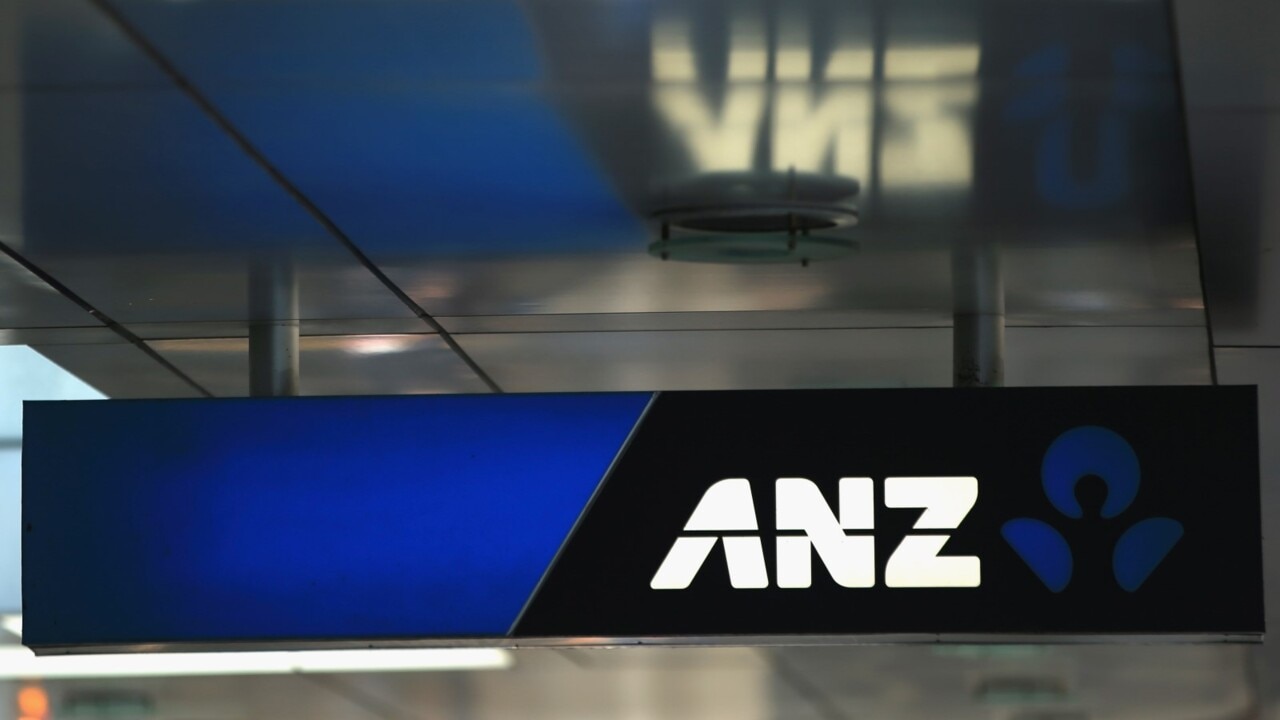Migration, energy switch ‘fuel housing pain’, says ANZ after posting record profit
Australia’s massive green energy transition and immigration boom will further boost rising house prices, ANZ chief executive Shayne Elliott has predicted.

Australia’s massive green energy transition and immigration boom will further boost rising house prices, ANZ chief executive Shayne Elliott has predicted, after unveiling a record $7.4bn cash profit.
Mr Elliott said the energy shift presented a difficulty in the face of record overseas arrivals.
He said new housing for the nation’s booming population would be forced to compete directly with energy projects for skilled labour.
While construction bottlenecks and high migration were supporting house prices and balance sheets, they were also pinching many vulnerable people.
“New housing requires significant material and labour which are in short supply and competing with the climate transition,” Mr Elliott said.
“So the cost of construction will likely rise as these targets and higher immigration force more demand into the sector.”
“Immigration is a really big driver of housing demand and from our perspectives, from one of the largest providers of home loans in the market, it’s a material driver,” Mr Elliott told The Australian.
Recent data signalled Australia was on the path to more than 500,000 temporary migrant arrivals over the past year, exceeding previous government forecasts.
Mr Elliott said Australia was attracting a “really high-quality migrant”, many of whom had considerable wealth.
But he said there was a contradiction in the current discourse around migration, with people saying “in the same breath” there was too much demand for housing and not enough workers.
Mr Elliott said these competing factors gave ANZ confidence it could continue lending into the home market, knowing that prices would be supported in the years ahead.
“This should underpin house prices, which coupled with strong employment conditions mean we’re confident that we can cautiously grow home lending in a low-risk way while maintaining decent returns,” Mr Elliott said.
He said there was a global demand for resources and, while China’s economy was slowing, it was “still an $18 trillion giant” that would absorb different resources.
ANZ boasts a Chinese market presence due to the bank’s international footprint throughout Asia.
ANZ institutional group executive Mark Whelan said that, while deal markets were still muted, the bank was starting to see activity around sustainable energy projects.
“There’s still a bit of pressure. In the next six months or so I think it will pick up,” Mr Whelan said.

The bank’s commercial business lending arm was ANZ’s highest-yielding division, with 11 per cent revenue growth and return on equity topping 26 per cent.
Mr Elliott also pointed to ANZ’s institutional division for its “record financial results”.
“For the first time, all three of its core businesses, transaction banking, corporate finance and markets, generated more than $2bn each in revenue,” he said.
Mr Elliott said the bank would continue to strengthen its balance sheet on the back of the results, noting that the lender had now closed the year with provisions for potential credit losses “higher than prior to the pandemic”.
He said the need for provisions was “critical as we enter a period of continued high interest rates, rising costs and geopolitical tensions”.
Across the bank, total credit risk-weighted assets fell by $2.2bn over the second half of the financial year, mainly from a reduction in market risks, which sliced $1.6bn from the balance sheet.
But the bank booked an additional $3.7bn increase driven by credit risk impacts in its retail division, “reflecting a moderate increase in delinquencies and losses in the event of default in the home loans portfolio”.
Mr Elliott said the bank was seeing each of its core divisions contributing to its result, with record revenue and cash profits.
ANZ’s retail bank reported a 19 per cent surge in sales volumes, as the bank elbowed rivals out of the market.
Return on equity topped 14 per cent in the retail banking arm.
ANZ reported that its Australian home loan book increased from $283bn in September 2022 to $304bn at the close of accounts in September this year.
But ANZ’s group net interest margin sagged from 175 basis points in the first half of the year to close at 165 basis points, below levels reported by the bank in September last year.
This was driven by a seven-point impact from Australian and New Zealand housing assets pricing.
ANZ reported that its common equity tier 1 ratio lifted to 13.3 per cent, up 16 basis points since March. However, this captures the $4.9bn war chest assembled by the bank to fund its bid for Suncorp Bank.
This comes as uncertainty lingers over the bank’s $4.9bn bid for Suncorp Bank.
ANZ declared a 94c final dividend, 56 per cent franked.
This payment will be comprised of an 81c payment, franked at 65 per cent, plus a further unfranked 13c dividend. This takes the full-year payment to shareholders to $1.75.
Citi banking analyst Brendan Sproules said ANZ’s result was “soft”, coming in below analyst consensus expectations. Mr Sproules said ANZ had delivered a mixed result, with the focus now on the bank’s ability to deliver margins on its lending going forward.
Investment bank Jarden said ANZ had posted a “disappointing result”, adding that the bank was likely to face further cost and margin pressures.
ANZ shares closed down 3.02 per cent, or 77c, on Monday at $24.70.








To join the conversation, please log in. Don't have an account? Register
Join the conversation, you are commenting as Logout